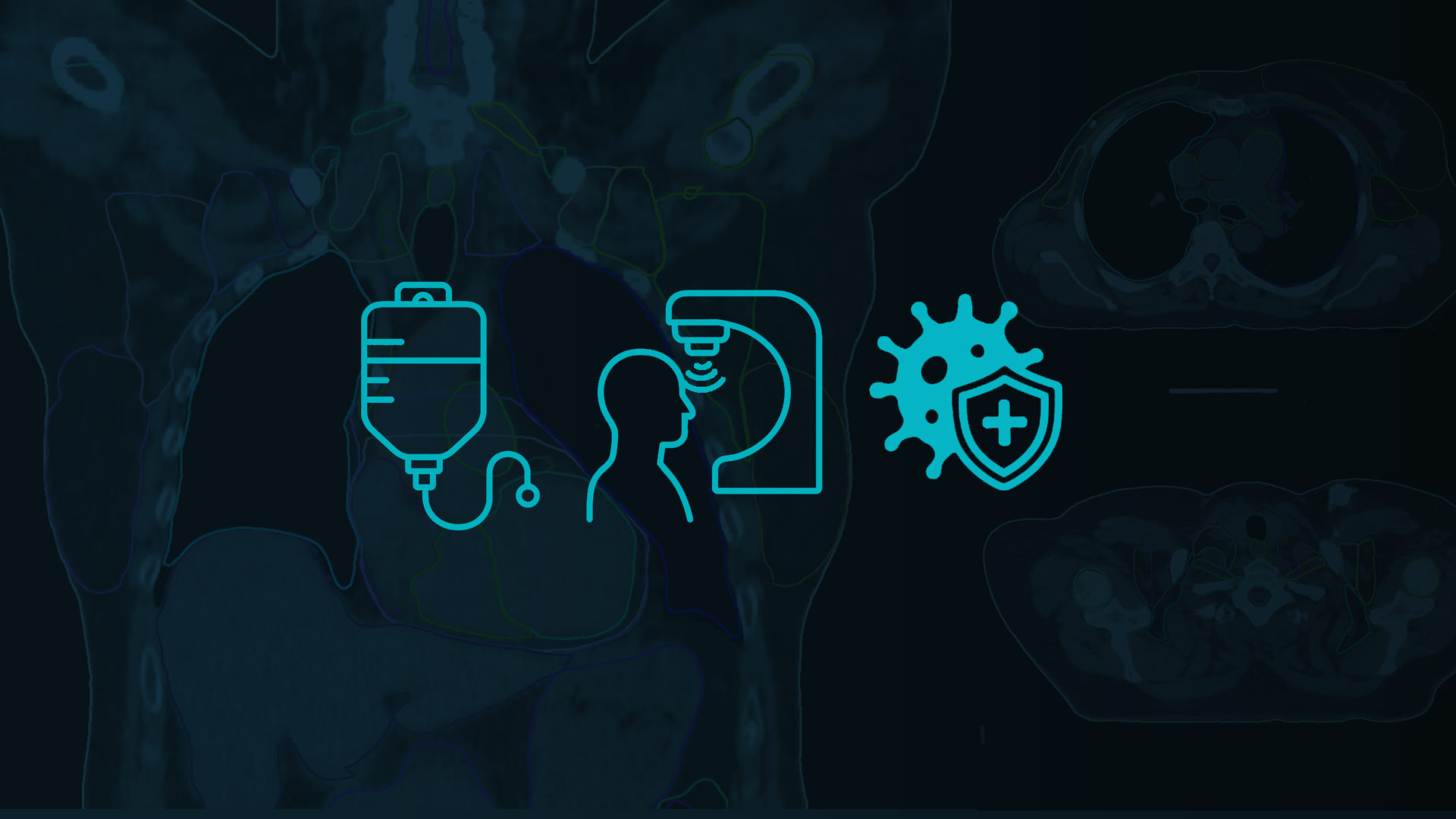In cancer treatment, terms like chemotherapy, radiotherapy, and immunotherapy are often used interchangeably by the public. However, they represent fundamentally different approaches to fighting cancer. Understanding the difference between chemotherapy, radiotherapy, and immunotherapy is not only important for patients but also for anyone navigating the complex world of modern oncology. These three therapies each harness unique mechanisms, risks, and benefits. Increasingly, they are used in combination for maximum effect (1).
Chemotherapy: Systemic but Non-Specific
Chemotherapy is perhaps the most well-known cancer treatment. It involves the use of cytotoxic drugs that circulate throughout the body via the bloodstream, targeting fast-dividing cells. Cancer cells fall into this category, but so do healthy cells in the bone marrow, digestive tract, and hair follicles. That’s why patients often experience side effects such as fatigue, nausea, and hair loss (2).
Chemotherapy has been a mainstay of cancer treatment since the 1940s. It can shrink tumors, stop their growth, or eliminate microscopic disease left after surgery. However, its non-specific nature means it can’t distinguish between malignant and healthy fast-growing cells. That’s one reason why newer, more targeted approaches are gaining traction.
Despite its drawbacks, chemotherapy remains indispensable in many treatment protocols, especially when rapid, aggressive action is needed or when cancer has spread.
Radiotherapy: Targeted Destruction
In contrast to chemotherapy, radiotherapy (or radiation therapy) focuses on precise areas. It uses high-energy rays, typically X-rays or protons, to destroy cancer cells in a specific location. The goal is to damage the DNA inside cancer cells so they can no longer grow or divide (3).
Radiotherapy is often used for localized tumors, such as breast, prostate, or head and neck cancers. It’s also commonly employed after surgery to eliminate any remaining malignant cells.
Most radiotherapy involves external beam techniques, but certain cases may be treated with internal radiation (brachytherapy), where a source of radiation is placed directly inside or next to the tumor.
Modern techniques like image-guided radiotherapy (IGRT), intensity-modulated radiotherapy (IMRT), or volumetric modulated arc therapy (VMAT) allow oncologists to deliver radiation with remarkable precision. However, depending on the tumor’s location, some side effects—like skin irritation or fatigue—can still occur.
One of the most significant advances in radiotherapy today involves the integration of AI. Artificial intelligence is now playing a key role in streamlining workflows, especially in areas like auto-contouring and personalised dose prediction. These innovations enable more precise, patient-specific treatment, reducing variability and improving consistency across clinics.
MVision contributes to this shift with a suite of AI-driven solutions designed to support the radiotherapy planning process. Contour+ offers fast, guideline-based auto-contouring to reduce manual workload. Guide provides an interactive training environment to strengthen clinicians’ contouring expertise. Verify allows users to compare and assess contours for clarity and consistency. And Dose+ uses AI to predict achievable, individualised dose distributions, helping teams begin planning with a strong, evidence-based foundation.
Immunotherapy: Turning the Immune System into an Ally
Immunotherapy represents a significant shift in strategy. Instead of attacking the cancer directly, it stimulates or modifies the body’s immune system to recognize and destroy cancer cells. This approach has revolutionized treatment for certain cancers, including melanoma, lung cancer, and some blood cancers (4).
There are several types of immunotherapy. Checkpoint inhibitors, for example, remove the “brakes” that prevent immune cells from attacking cancer. CAR-T cell therapy involves modifying a patient’s own T cells to better recognize tumors. Monoclonal antibodies are lab-made molecules that bind to specific cancer cell targets, flagging them for immune destruction.
One of immunotherapy’s most remarkable features is its potential for long-term remission. In some cases, patients experience durable responses even after treatment has ended. However, not all tumors respond to immunotherapy, and predicting who will benefit remains an ongoing challenge.
Side effects are different from those seen with chemo or radiation. Because immunotherapy activates the immune system, it can lead to inflammation in healthy organs—called immune-related adverse events. These need careful management, but they’re often reversible.
Choosing the Right Therapy—or a Combination
No single treatment works for all cancers or all patients. Decisions depend on the type, stage, and location of the tumor, as well as genetic and molecular characteristics. Often, these therapies are not used in isolation. For example, chemotherapy may be combined with radiotherapy in head and neck cancers, or immunotherapy might follow chemotherapy in advanced lung cancer.
Precision medicine continues to push the boundaries of what’s possible. Biomarkers and genetic profiling now help oncologists tailor therapies to each individual. In this landscape, radiotherapy is no longer a static tool—it’s becoming smarter, more adaptive, and deeply integrated into multidisciplinary care (5).
The Future of Cancer Treatment Is Collaborative
The evolution of cancer treatment is not about choosing one method over another. It’s about finding the right combination at the right time. Chemotherapy, radiotherapy, and immunotherapy each offer distinct strengths, and their integration reflects the complexity of the disease itself.
As research deepens and technology advances, expect to see more synergy between these therapies—and more personalisation. We’re moving toward a future where cancer treatment is not only more effective but also more humane.
Cancer may be one word, but it requires many answers. The more we understand the tools at our disposal, the better we can find those answers.
References
- American Cancer Society. Types of Cancer Treatment. https://www.cancer.org/treatment/treatments-and-side-effects/treatment-types.html
- National Cancer Institute. Chemotherapy and You. https://www.cancer.gov/publications/patient-education/chemo-and-you
- Cleveland Clinic. Radiation Therapy for Cancer: How Does It Work? https://my.clevelandclinic.org/health/treatments/17637-radiation-therapy
- Cancer Research Institute. Immunotherapy Basics. https://www.cancerresearch.org/immunotherapy
- American Cancer Society. Precision or Personalized Medicine. https://www.cancer.org/cancer/managing-cancer/treatment-types/precision-medicine.html













